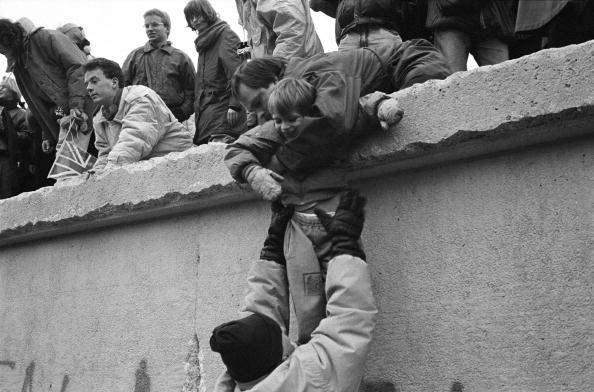The Berlin Wall symbolized the struggle between Western democracy and communist tyranny for nearly 30 years. This year, on Nov. 9, marks 29 years since both West and East Berliners breached the wall in 1989 with the determination to bring down this barrier to human freedom.
The wall separated a tyrannical society from a free society in which people were at liberty to come and go as they peacefully pleased. The Soviet-imposed totalitarian regime was so fearful of its own people’s desire to leave that it brutally did all in its power to keep them prisoners within the borders of the Marxist state.


